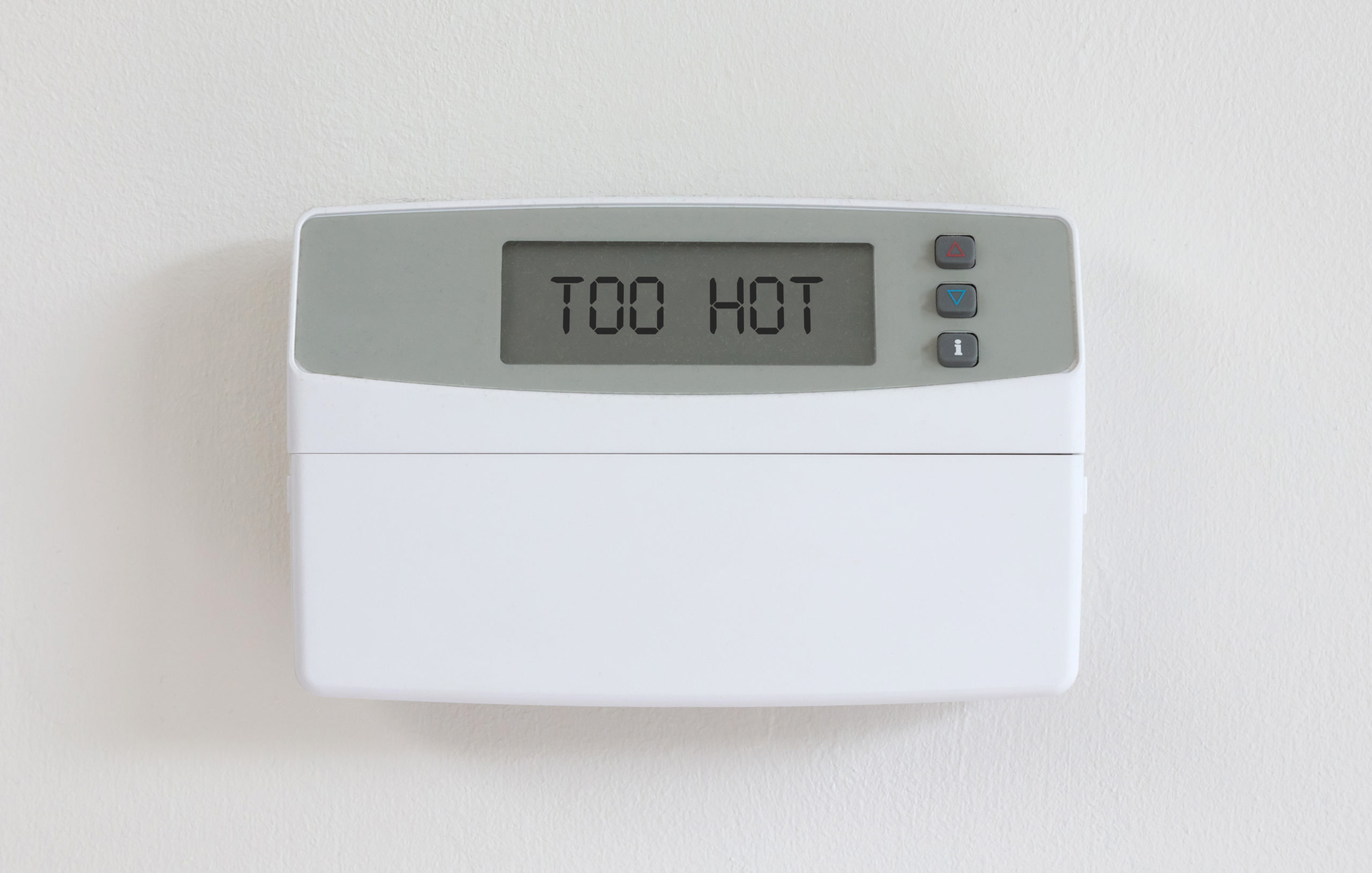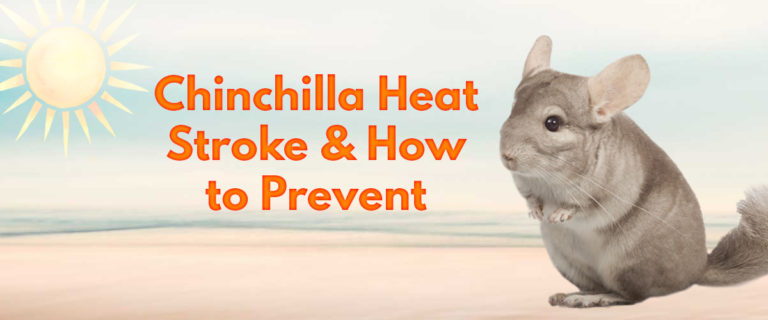Chinchillas are native to the Andes mountain region in South America. But don’t let that fool you; South America can get cold in the winter, especially when you live up high. Chins do... and that’s a very important reason to have all of that cute, cuddly hair. But all of that cute, cuddly hair can pose a serious threat to your chinchilla when they’re in a domestic situation, especially in warmer climates or summer months. And because chins don’t have the ability to perspire (they don't have sweat glands), they’re at serious risk of chinchilla heatstroke if not provided a cool area (75 degrees MAX, but 60-70 degrees (fahrenheit) is recommended).

What to do if you Suspect Possible Chinchilla Heatstroke
Common symptoms of heatstroke in chinchillas are:
- Restlessness (usually the first sign)
- Deep and accelerated breathing
- Drooling
- Weakness
- Fever
- Respiratory complications (lung congestion
- Coma
Panting and laying down stretched out on one side are also two major indicators of heatstroke in your buddy. If you see these symptoms, don’t take them lightly. Take chin to your exotic veterinarian as soon as possible if they develop these symptoms, but in the mean time, we need to help get that body temp lower.
Offer cool water, wrap in a cold wet towel, submerge the chin in cool water (not freezing)… these are all good options. As we know, too, chins should NEVER be given water baths (dust only), but heatstroke is an immediate danger situation and needs to be treated with extreme measures. Continue to check the rectal temperature to be sure you’re headed in the right direction (body temp coming down). Your exotic vet will also be able to administer IV fluids and/or corticosteroids, which can help stabilize, if needed, to prevent your chin going into shock.
Prevention is Better than Treatment
Preventing heatstroke (and any condition, really) is ALWAYS better than having to treat. (We want to give the very best care off the bat rather than put our animals through the trauma of feeling yucky… and putting their lives in serious danger).
Chin’s cages should be well ventilated and in a cool space, away from sunlight. (This will help them sleep comfortably during the day… remember, they’re night creatures!) Having access to an air conditioner can also help keep their sensitive temps down (this is essential in hot months). A chin-chiller slab of granite can be placed in their cage to help them maintain their temp when they’re feeling warm.
Chinchilla heatstroke will kill your bud, and we’d be SO sad if that happened. But the best news ever that it doesn’t have to! Educate yourself if you’re a newbie and re-educate yourself (can’t hurt, right?) if you’re an expert. Supervise your chinchillas when you’re home (we should be doing this anyway), and be sure to always maintain recommended temps for your chins… they can’t do it themselves... they’re counting on you!
Interested in more chinchilla blogs? Check these out!
⬇️⬇️⬇️
Help! My Chinchilla is Losing His Hair... Why!?





